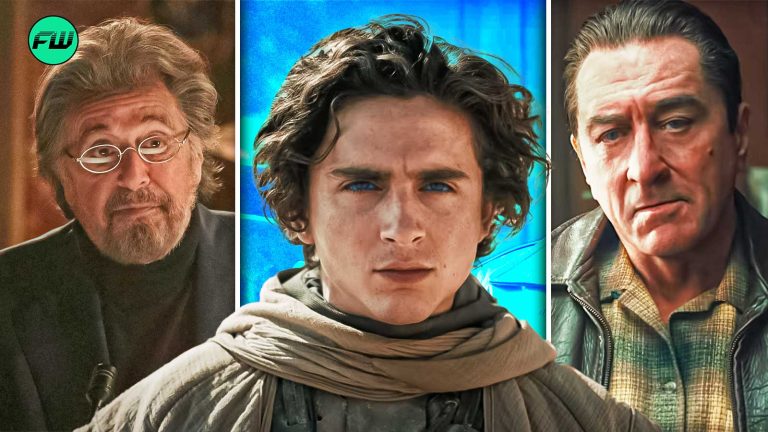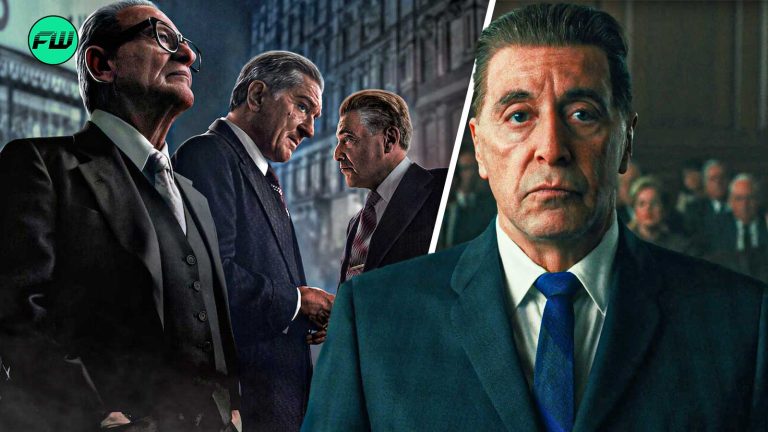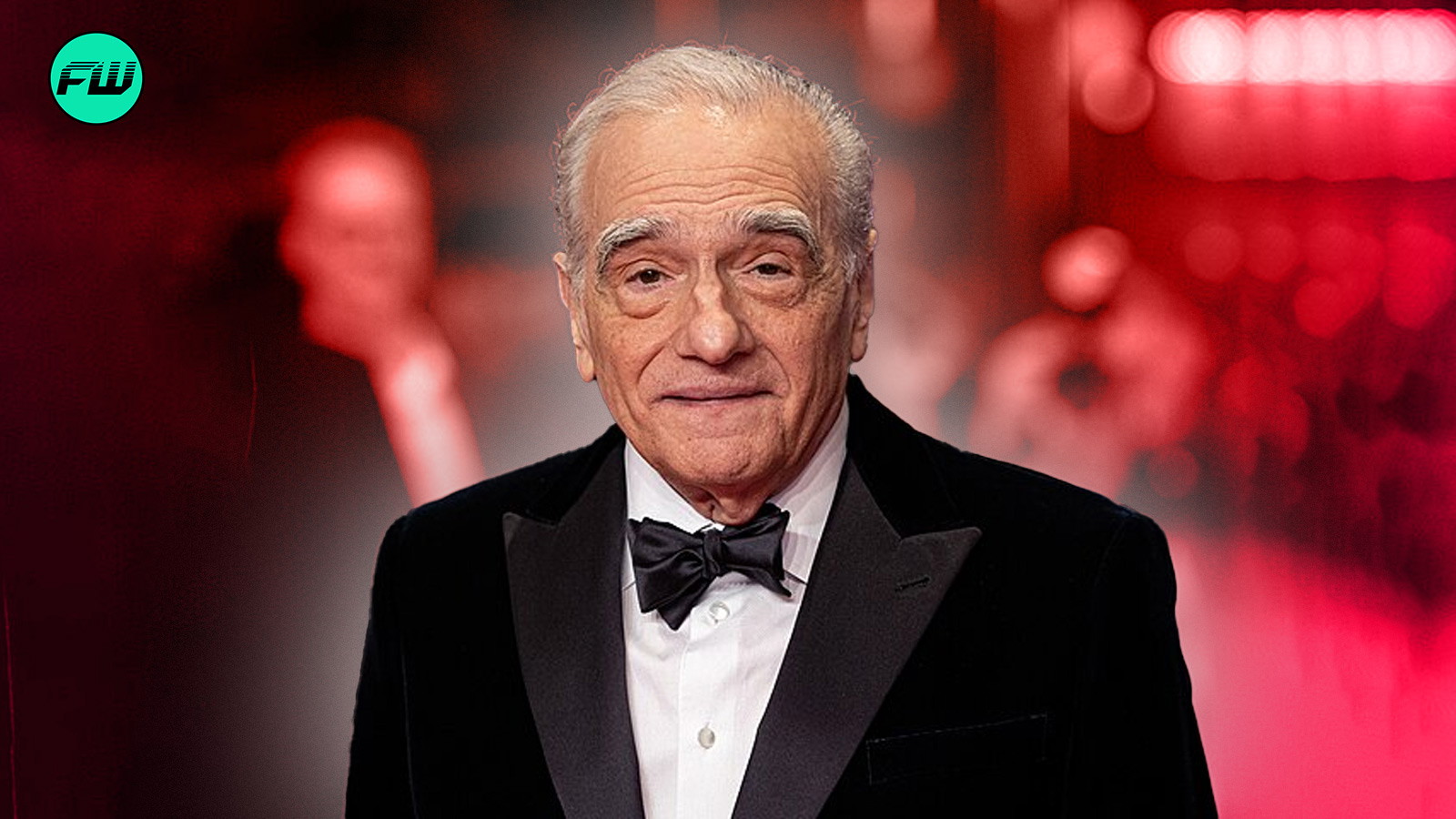
There exists a laundry list of great performers who have worked with Martin Scorsese as he emerged from New Hollywood. But none more frequently, effectively, or memorably than Robert De Niro. While Scorsese has built a strong relationship with several actors, specifically Leonardo Di Caprio in recent years, De Niro is still most closely tied to the American filmmaker, with ten collaborations together.
Among Scorsese’s other frequent collaborators is Catherine Scorsese (7 films), the director’s mother, who often appeared in small roles and famously cooked for cast and crew. Leonardo DiCaprio (6 films) has been Scorsese’s go-to lead since 2002, starring in films like The Wolf of Wall Street and The Departed. Harvey Keitel has also been a mainstay (6 films) and played key roles in the filmmaker’s early works like Mean Streets and Taxi Driver, later returning for The Irishman.
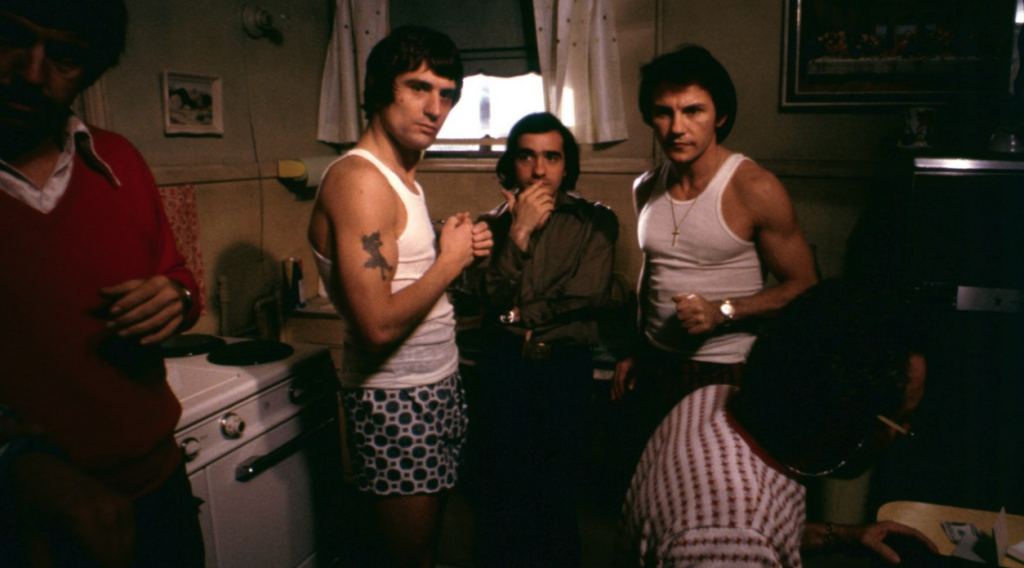
This relationship between Scorsese and De Niro, however, didn’t bloom overnight. While Mean Streets was the beginning of their 10-film, 50-plus-year creative journey together, Scorsese said their introduction first came at a Christmas dinner, where they were urged into conversation by another to-be-legendary filmmaker, Brian De Palma.
Martin Scorsese met Robert De Niro at a Christmas dinner
Although Martin Scorsese and Robert De Niro grew up just two blocks away and heard talk of each other in the neighborhood, they had never been properly introduced until that fateful night. “Bob was sitting there after dinner and then he looked at me and they had gone inside or something,” Scorsese said. He added,
‘You used to hang out with so-and-so and so-and-so.’ I said, ‘Yeah, how do you know?’ And he said, ‘I’m Bobby.’ I said, ‘Bobby? Bobby. Oh my God.’ We had seen De Palma after doing ‘Hi, Mom!’ After you did that, [De Palma] said, ‘You got to meet this guy.’ Then he had seen ‘Who’s That Knocking,’ and it was very accurate as to the nature of that subculture in the neighborhood. He identified with that, so when ‘Mean Streets’ was finally put together, he came on.
Mean Streets was Scorsese’s third feature, but he still had to abide by the rules of the New York neighborhoods he was filming in – even paying off the mob in order to shoot.
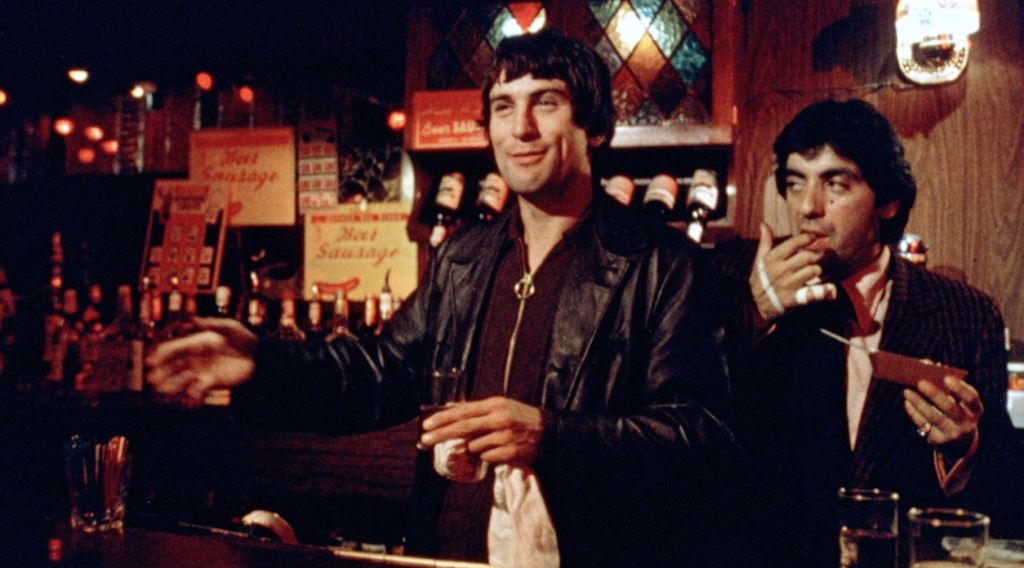
When asked about getting approval to make the movie from the local-made men, De Niro said “some of the neighborhood guys were in the back of shots.” Scorsese would also shed light on the film’s tricky production situation.
So we did it up at the Mulberry Street building that’s still there. We’re shooting it there, but I had to pay — my father had to go talk to the guy who owned the building. We didn’t get much sympathy from them, my father saying, ‘It’s a kid from the neighborhood. Come on — you’re gonna charge him that much?’ He goes, ‘What? He makes money on this. You make a movie, he’ll go away. We’re still here. This is what it’s gonna cost.’
Robert De Niro also revealed in an interview how he fostered such a close professional relationship with Scorsese, with their conversations and experiences calling shotgun.
Marty, he’s always been not afraid to try the thing, so that said, you just do it. And we had it, we would talk about it, actually in more conversation, but also we talked about parallels in whatever we were in, in our experiences that we could then put into the film. ‘This scene is like this, I remember something happened to me, blah blah blah.’ ‘Well, let’s try this because it’s not the actual thing, but this is like that experience.’
Three years later, their second film together, Taxi Driver (1976) would go on to change everything.
Taxi Driver and changing the name of the game
Few films in American cinema have been as lauded as Taxi Driver (1976). The film follows Travis Bickel, an alienated Vietnam War veteran who drives a cab at night in New York City. Increasingly disgusted by the city’s moral decay, he spirals into paranoia and violent fantasies.
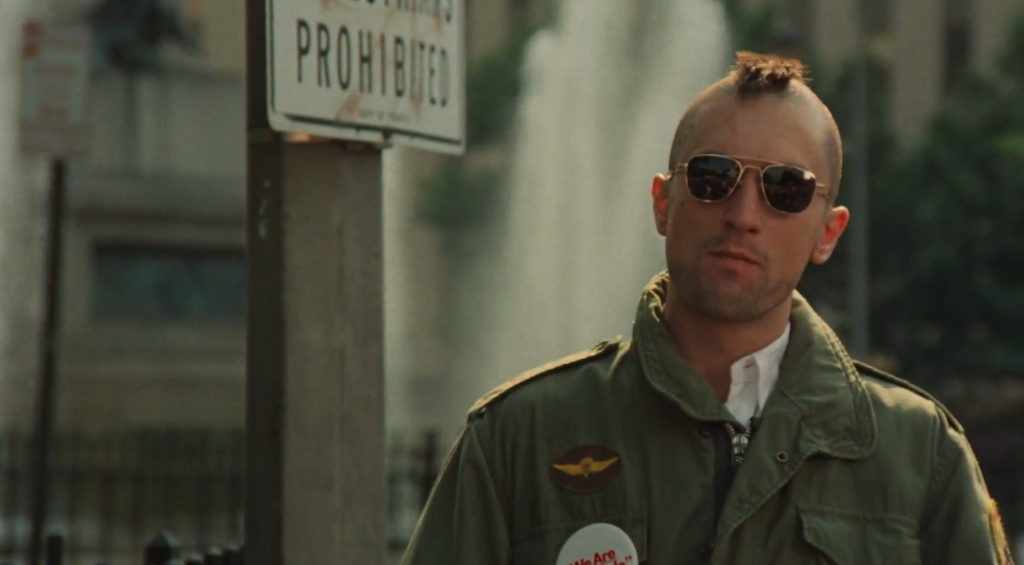
Fixating on a political candidate and an underage prostitute, Iris, he goes on a bloody rampage – only to be mistakenly hailed as a hero: the film’s ambiguous ending leaves both his morality and sanity in question.
Set against the backdrop of 1970s New York, the film captures a city in crisis – rampant crime, and a failing economy leaving entire neighborhoods in ruin. Even in 2025, it remains a stark reflection of alienation and systemic dysfunction.
Scorsese and De Niro didn’t slow down after Taxi Driver. Instead, they would double down, producing a string of movies over the next two decades. First came New York, New York (1977) – a departure from their crime dramas, this musical drama starred De Niro as a saxophonist struggling in a passionate but destructive romance.
Then Raging Bull (1980), often cited as one of the greatest films ever made, saw De Niro transform into real-life fighter Jake LaMotta, gaining 60 pounds to play him in his later years. The film is unrelenting and physically exhausting to watch – much like LaMotta’s own life. Scorsese initially didn’t want to make it, but De Niro pushed hard, knowing it had the potential. He was right.
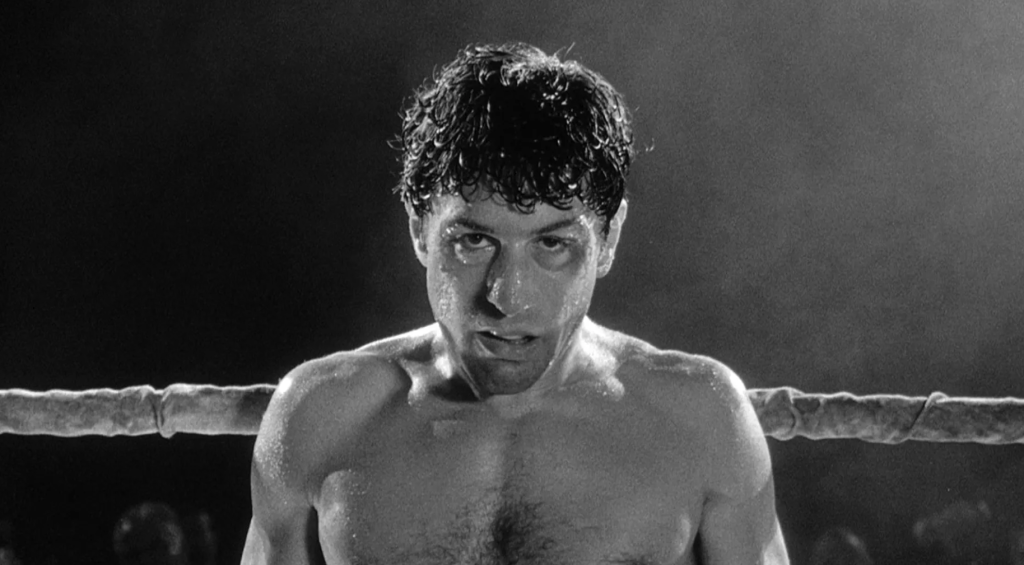
In 1982, they paired for The King of Comedy, a look at fame and obsession. The film featured De Niro as Rupert Pupkin, a delusional wannabe comedian who kidnaps his idol to get his shot at stardom. It was misunderstood at the time but has since gained a cult following.
By the 1990s, the two were an established pairing for success. Goodfellas gave De Niro the role of the cool and calculating Jimmy Conway, a seasoned mobster. Every scene crackled with energy, and De Niro, alongside Joe Pesci and Ray Liotta, helped make the film a classic.
After Cape Fear (1991) and Casino (1995), the two went their separate ways for a while. De Niro explored a mix of roles, some great, some questionable, while Scorsese continued with films like Gangs of New York and The Aviator. But despite the time apart, this connection was never lost.
A hiatus, and a return to form
After more than two decades without working together, Scorsese and De Niro reunited for The Irishman (2019), a film about the rise and fall of a hitman. Featuring groundbreaking digital de-aging effects, it brought together not only De Niro but also fellow Scorsese regulars Al Pacino and Joe Pesci. It was a quiet take on the crime genre – far removed from the adrenaline of Goodfellas but just as powerful in its own way.
Their most recent collaboration, Killers of the Flower Moon (2023), marked their tenth feature film together. De Niro plays William Hale, a businessman behind the murder of Osage people in 1920s Oklahoma. The film is one of Scorsese’s most ambitious projects, but De Niro delivers a chilling performance, proving that even at 80, he’s still one of the best actors alive.
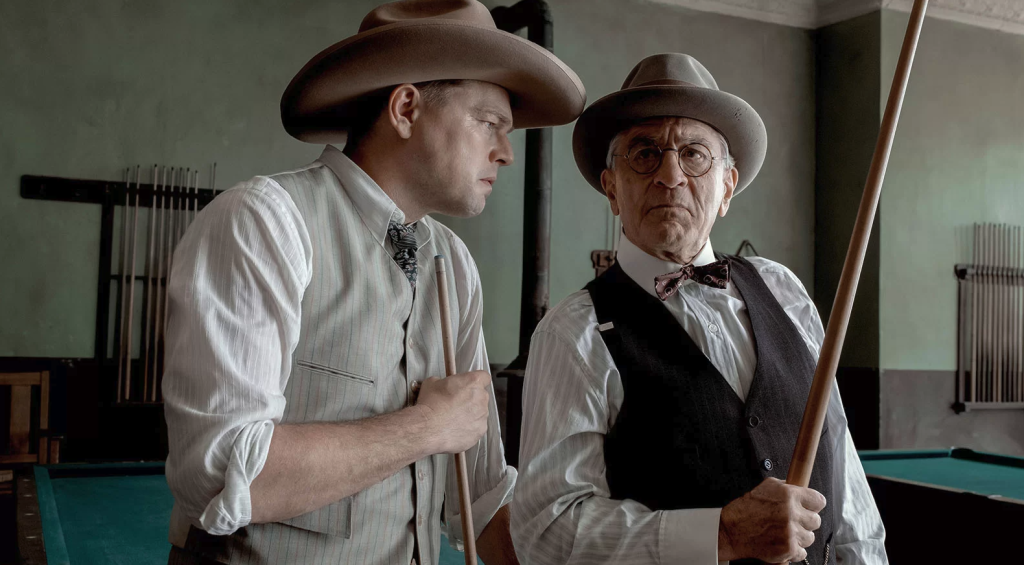
Scorsese himself has spoken at length about his admiration for De Niro. “With Bob De Niro, it’s a formative relationship. It goes back to when we were 16 years old,” he said. “The keyword is trust, fearless, and less vanity.”
Scorsese and De Niro’s work together have changed the way people look at cinema, crime stories, and character studies. There, perhaps, may never be another actor-director duo quite like them.
This post belongs to FandomWire and first appeared on FandomWire
